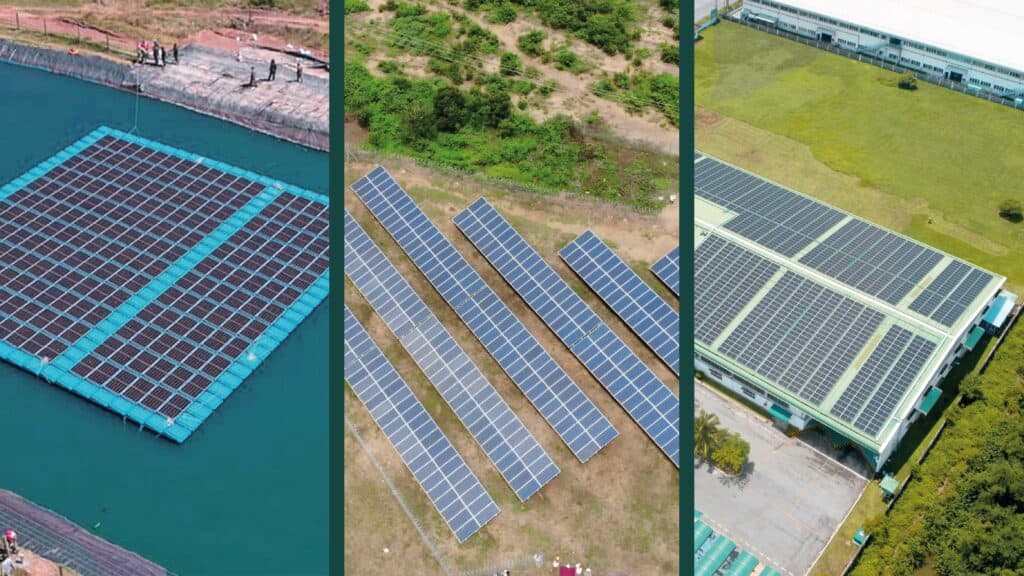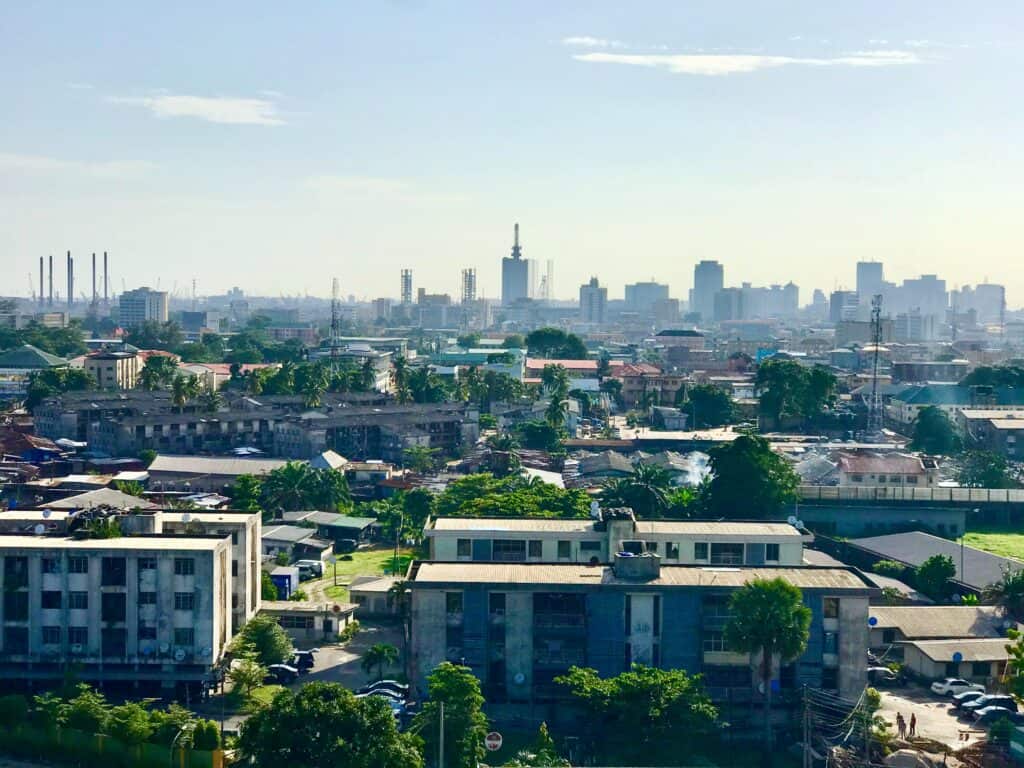Renewables on the upswing: the energy sector in Thailand
With a current population of 69 million and an increasingly urban population, Thailand’s energy demand also continues to grow steadily. In 2018, the country had a capacity of 45 GW to generate electrical energy. To meet this growing energy demand, this capacity is expected to increase to 77 GW by 2037. In comparison, Germany has a capacity of 211 GW. Thailand’s energy has so far come mainly from the use of natural gas resources.

Renewable energies generate about 10% of the country’s electricity, with the majority coming from solar energy. So far, solar PV has been installed with a total capacity of almost 3.5 GW, which is more than half of the original 2030 target of 6 GW. This target was recently revised and increased to 15.5 GW, a clear signal from the government towards a more sustainable development of the country.
Thailand has been a pioneer in the use of solar energy in Southeast Asia and was recently overtaken by Vietnam in terms of installed capacity. This trend has been driven mainly by government subsidies and favourable feed-in tariffs.

Renewable energy is becoming increasingly important for the Thai market, with a minimum target of 35% non-fossil fuel use set in the Power Development Plan for 2037. Combined with the reduction of fossil fuel imports, this shift to renewables is expected to improve the reliability of Thailand’s energy system and contribute to an annual cost reduction of USD 1.2 billion by 2036.
The country’s shift to renewables, while still in its early stages, already promises great potential. Innovative frameworks such as blockchain-based peer-to-peer energy trading to improve the use of solar power have already been created. Clean and harnessed energy are a main pillar of the “Thailand 4.0” economic plan, which was created to promote a value-based and sustainable economy. More information on “Thailand 4.0” is available here.
The shift to renewable energy will also bring Thailand closer to its ambitious greenhouse gas emission reduction targets to which it committed under the Paris Agreement. Global CO2 emissions have risen dramatically in recent decades and will continue to grow unless immediate action is taken. Sustained growth with greatly reduced emissions in Thailand and other emerging economies, which are among the fastest growing economies in the world, will be a critical factor in minimising global warming to below 2 degrees Celsius.

ecoligo is celebrating its entry into the Thai market with a 773 kWp solar plant that will benefit manufacturing company Xcellent. The installation will enable the company to save approximately 591 tonnes of CO2 annually and further expand Thailand’s leadership in the use of clean, renewable energy.
Related Posts
The Future of Tourism is Green: How Your Investment in Condovac Makes the Vision of a Sustainable Hotel Facility a Reality
Costa Rica – A pioneer in sustainable tourism The philosophy of Costa Rica – PURA VIDA – the pure life presupposes an…


